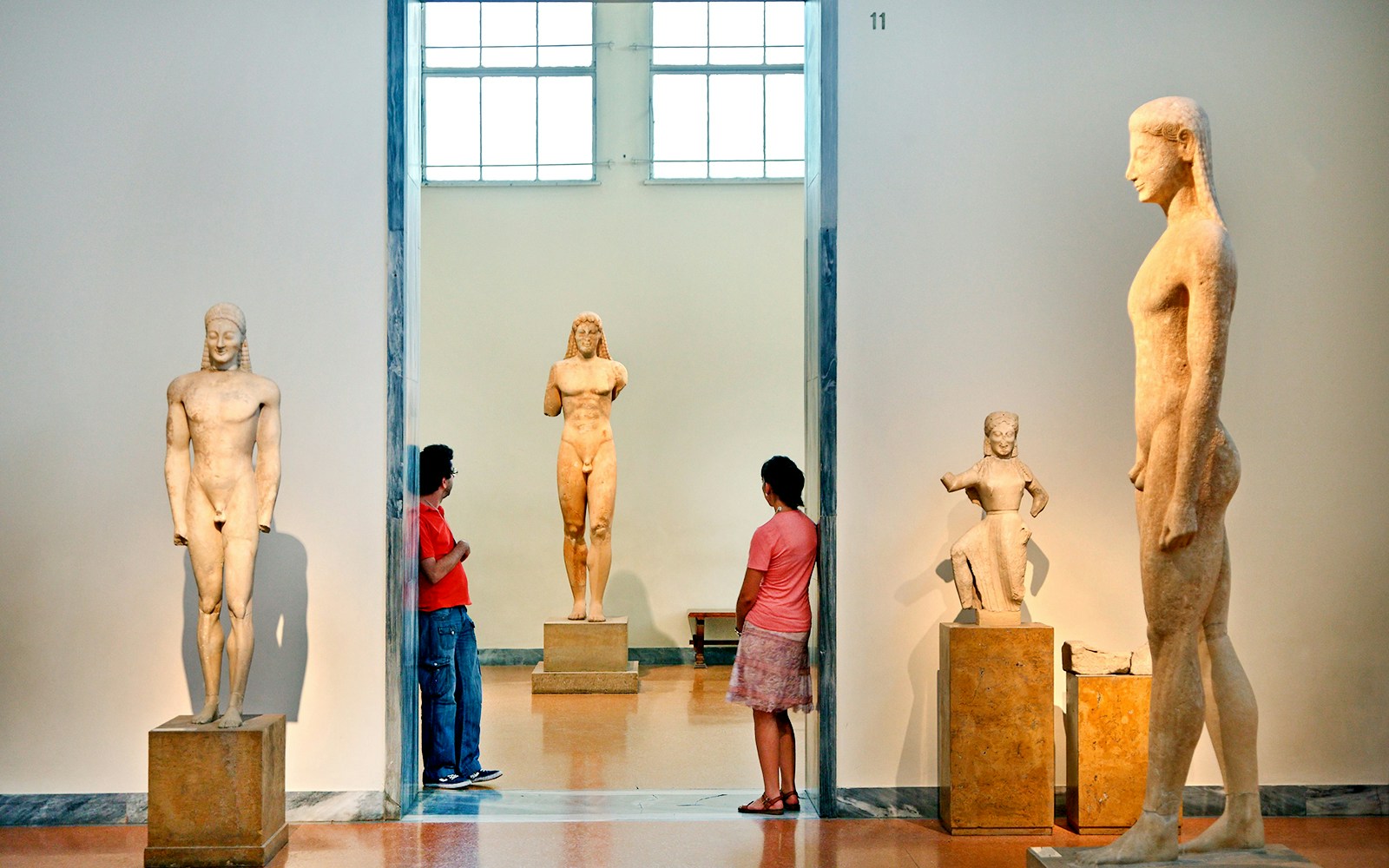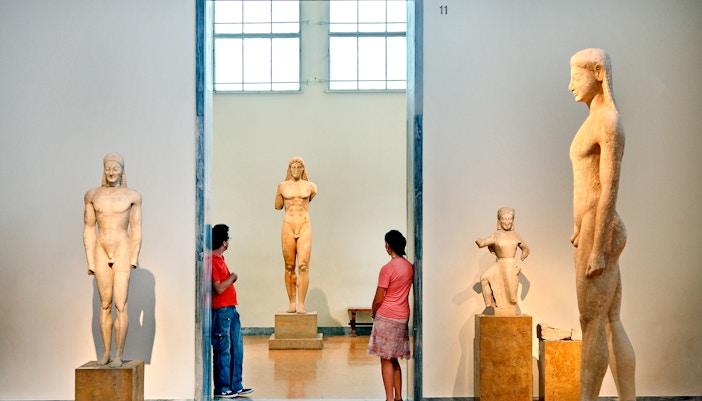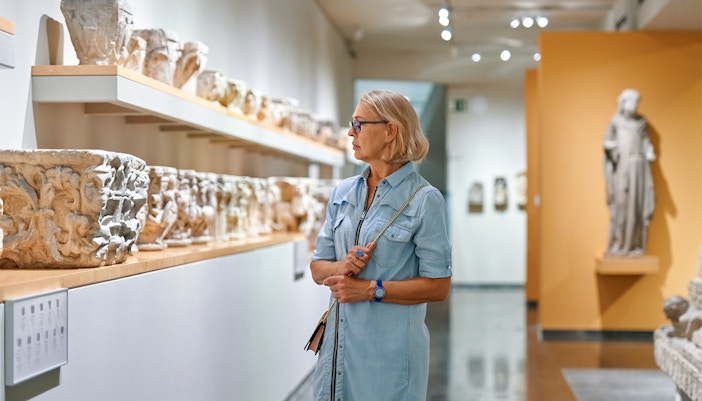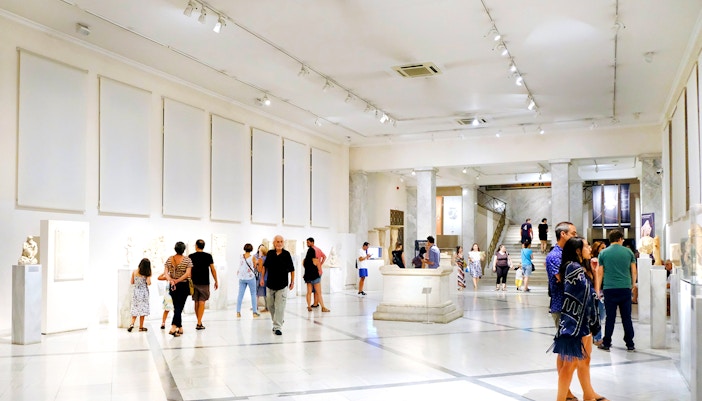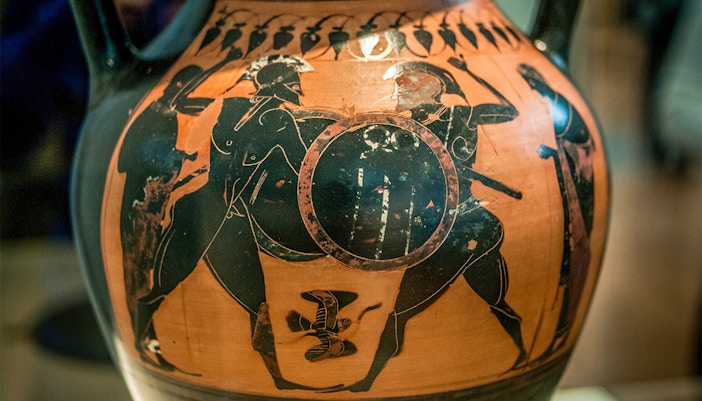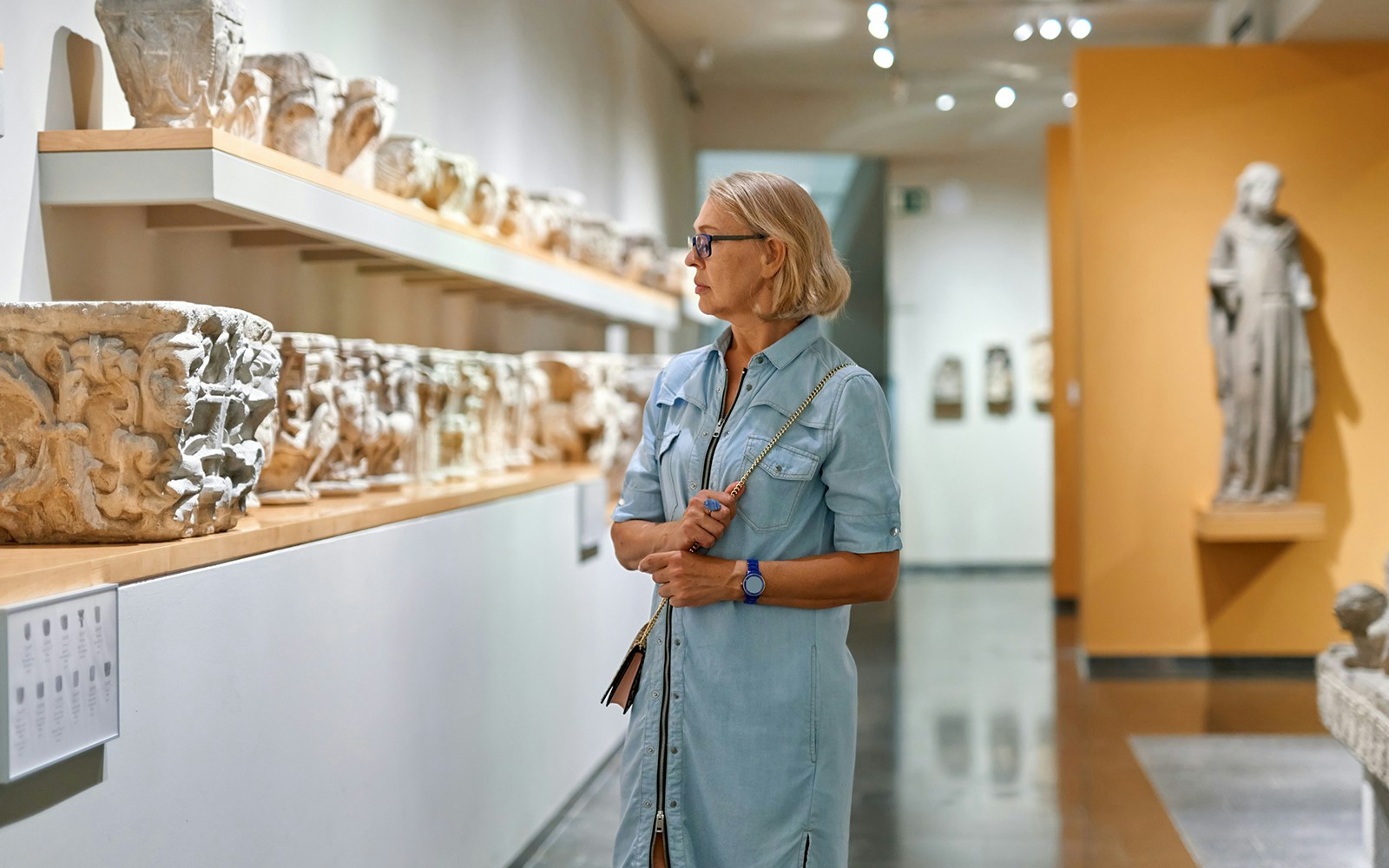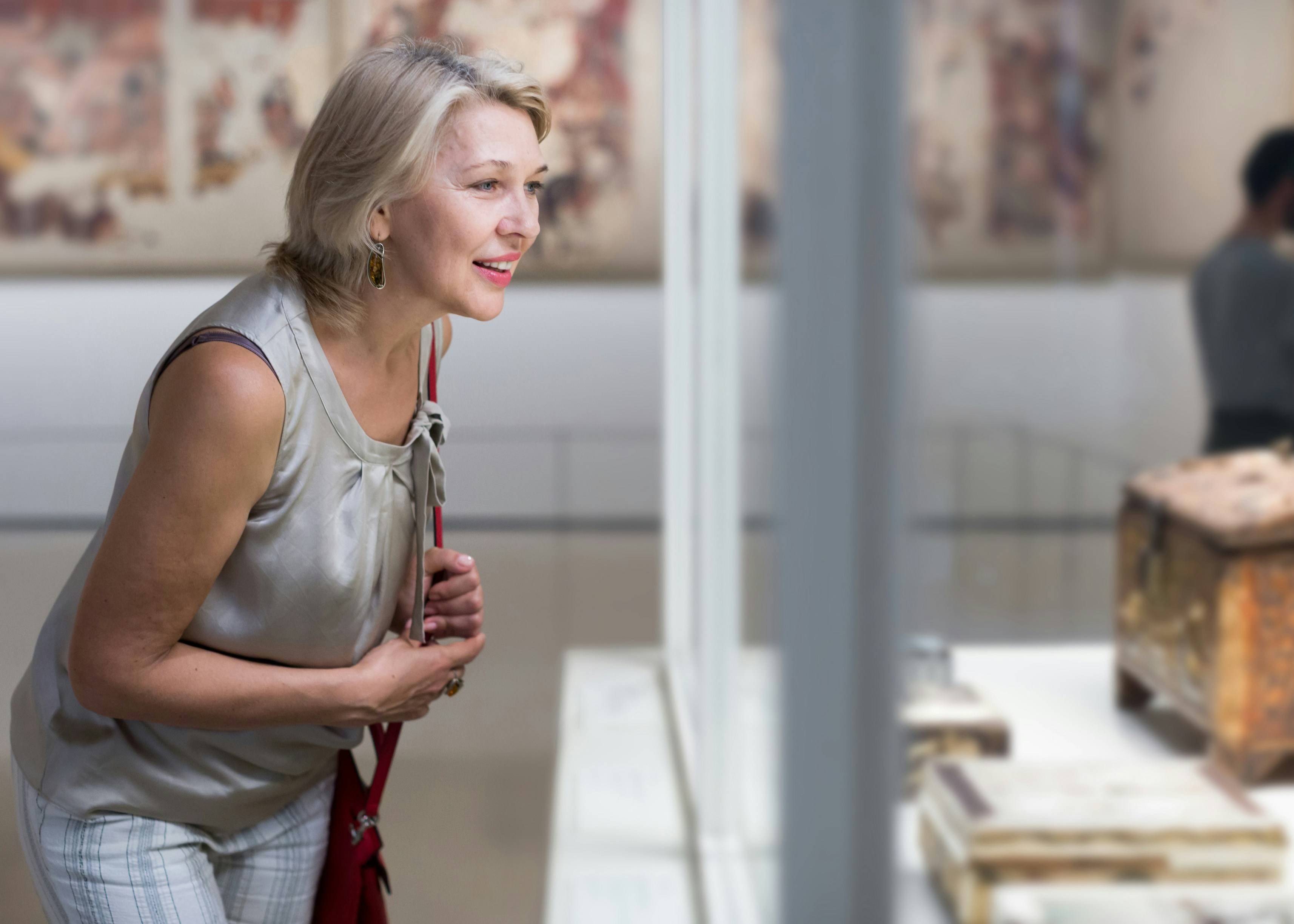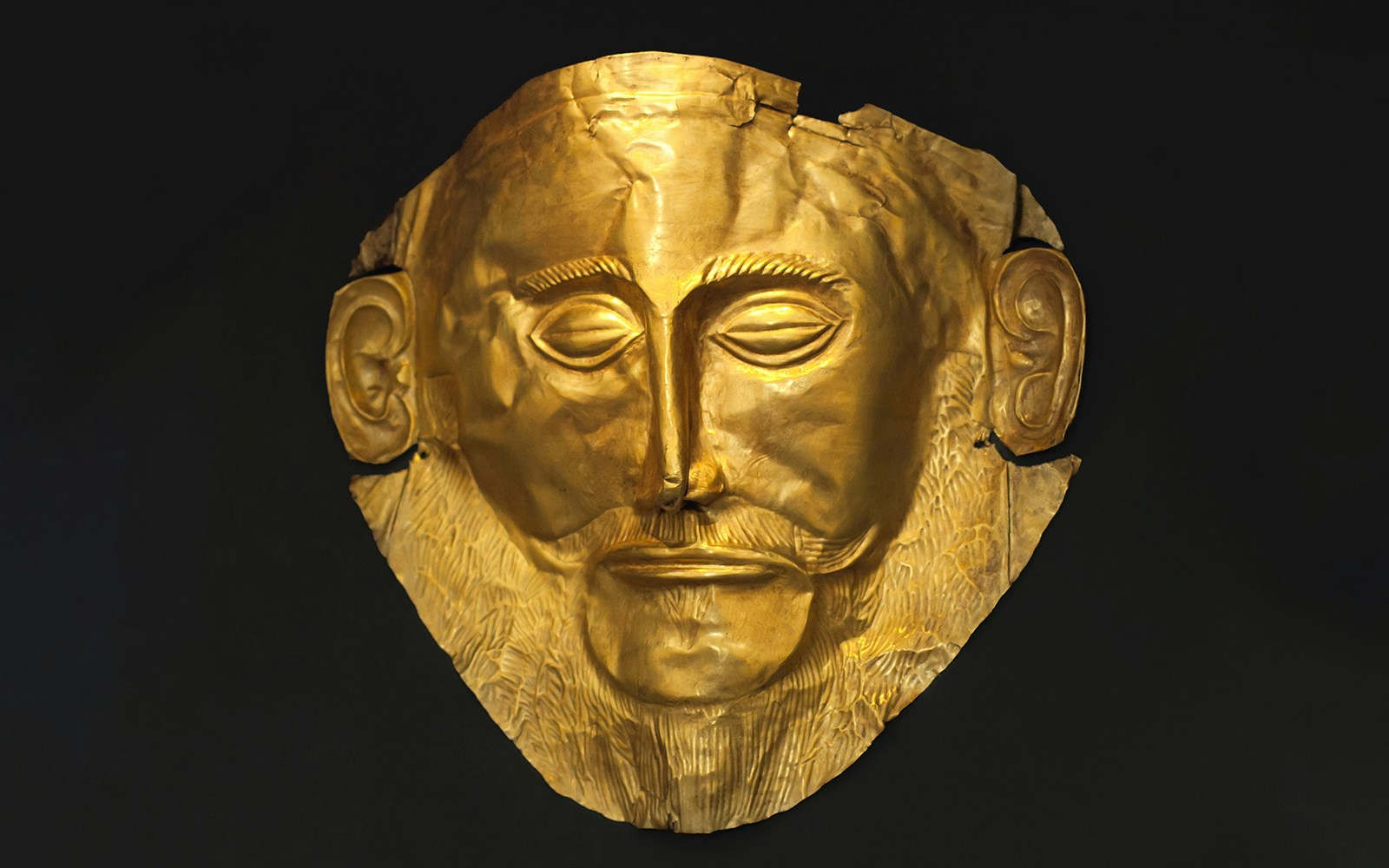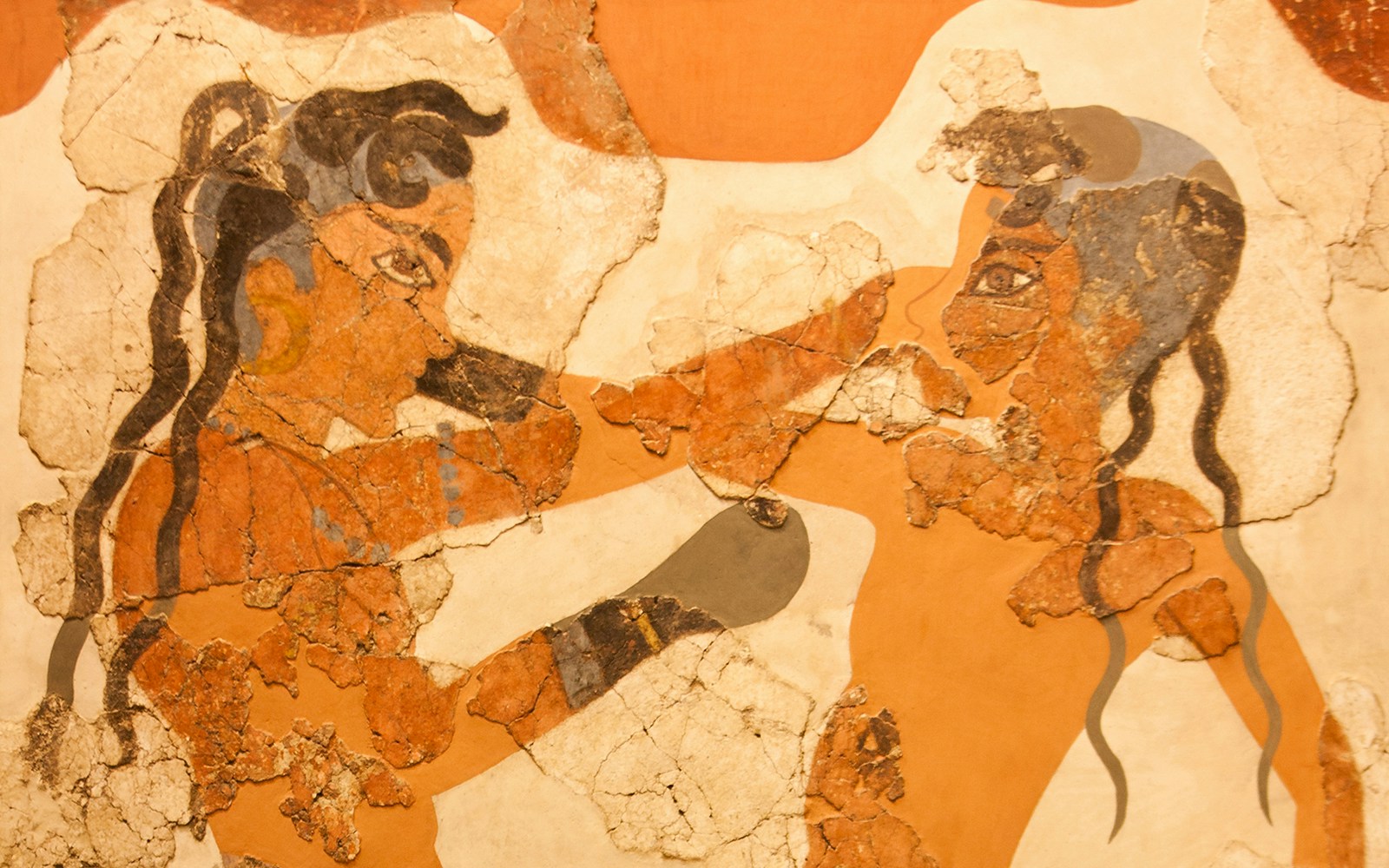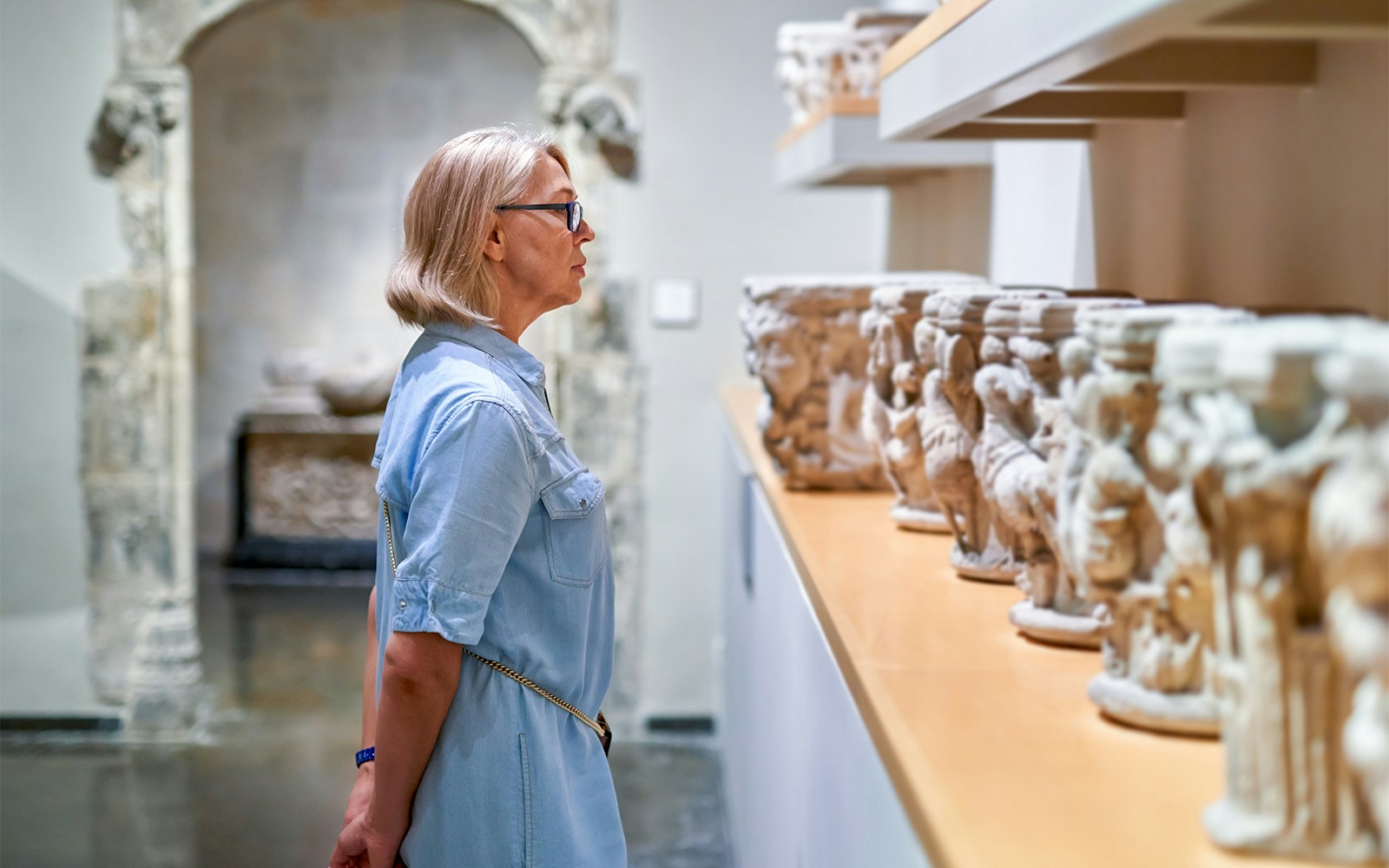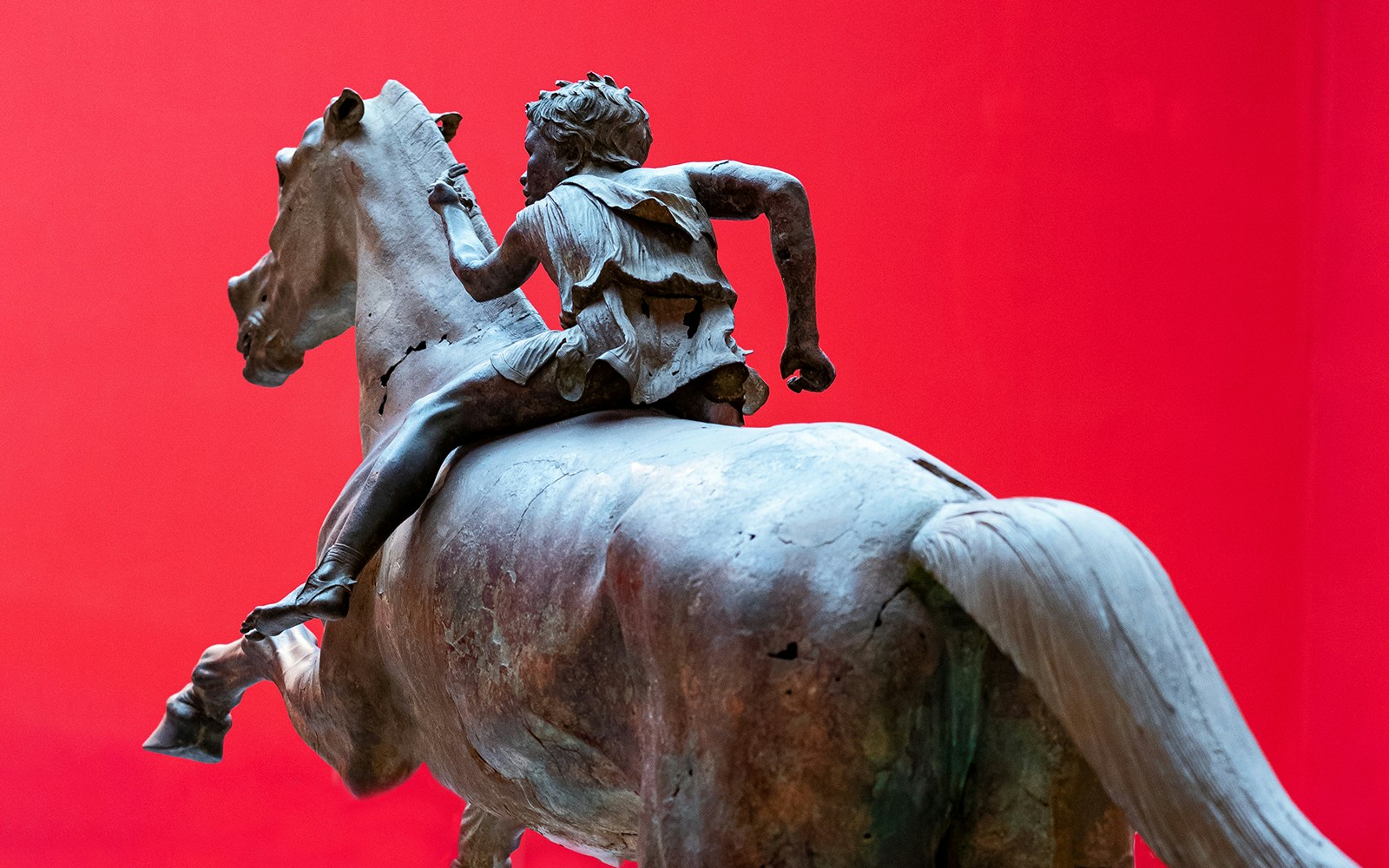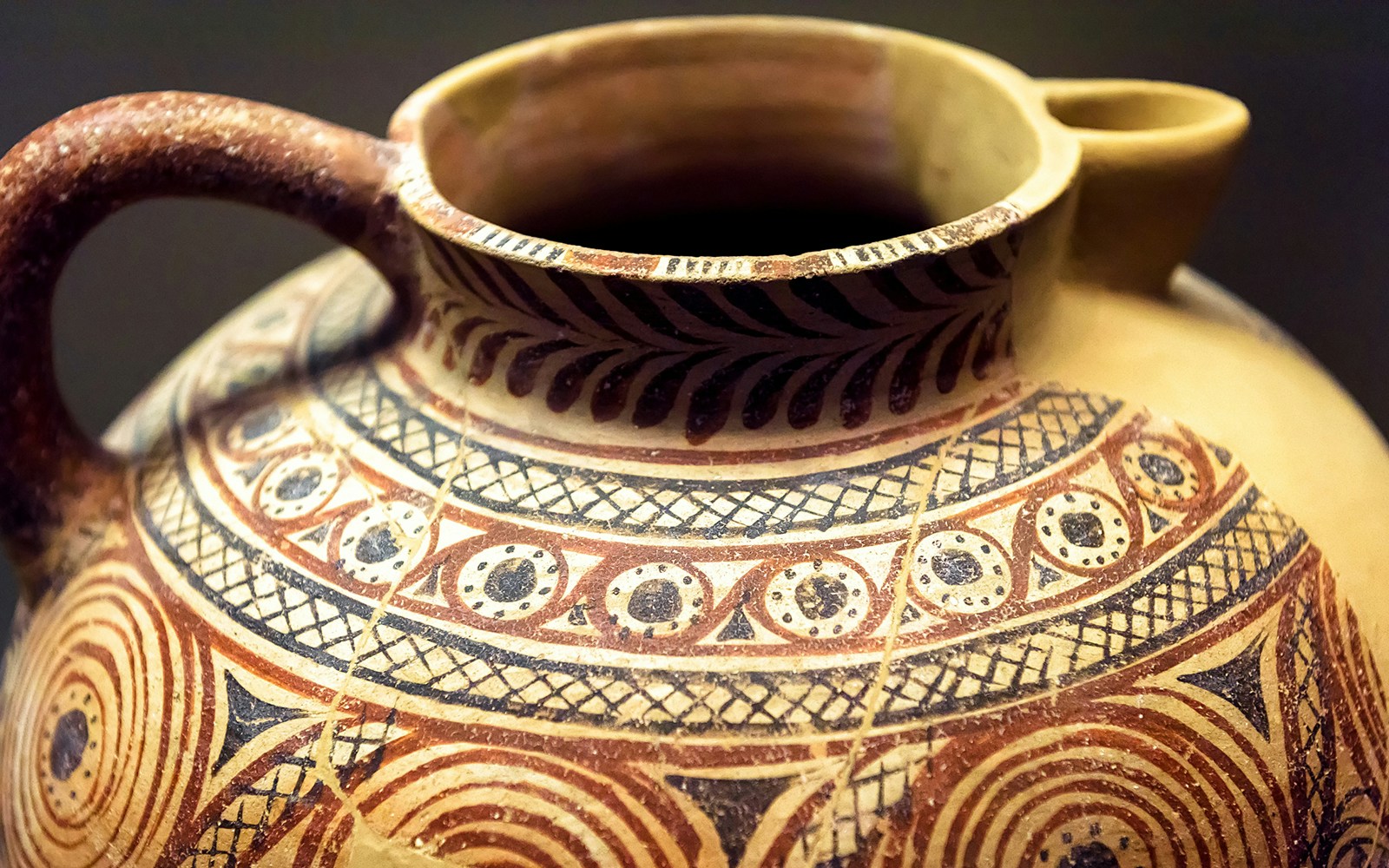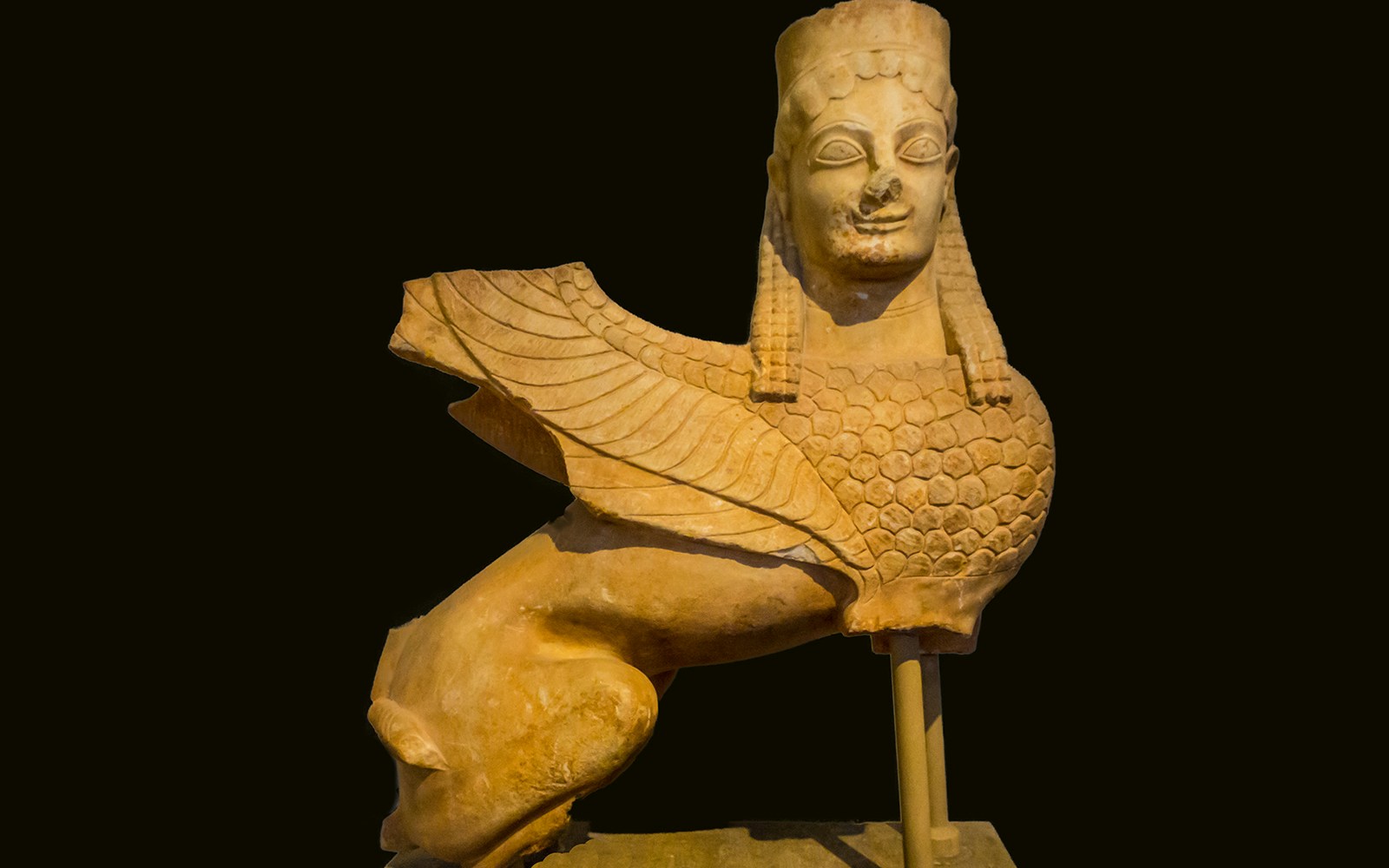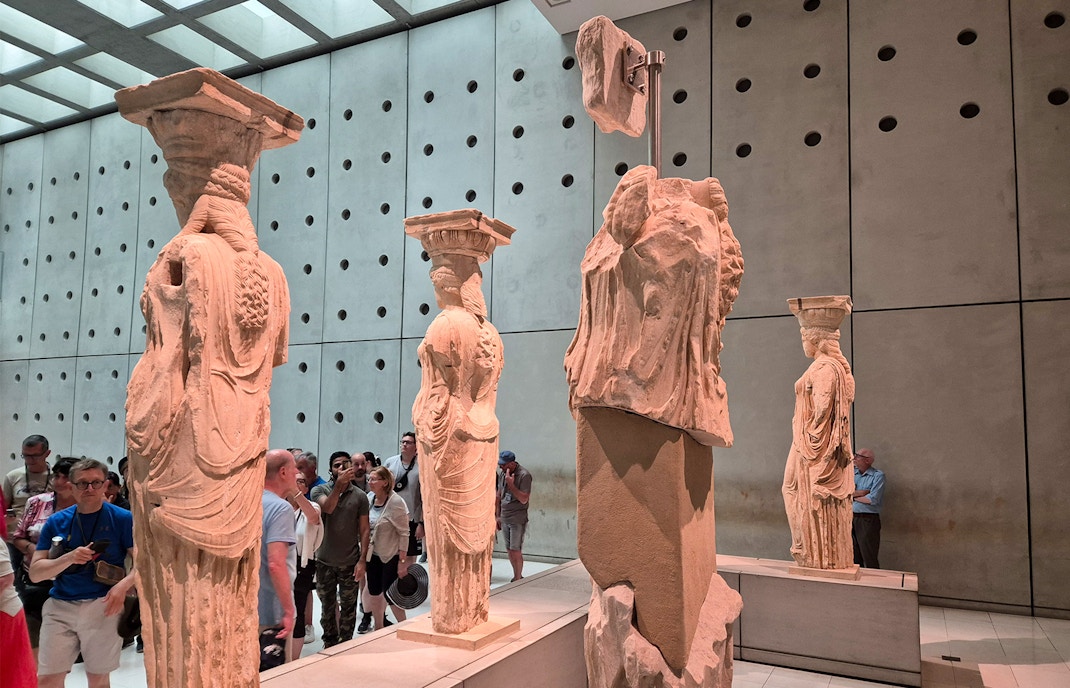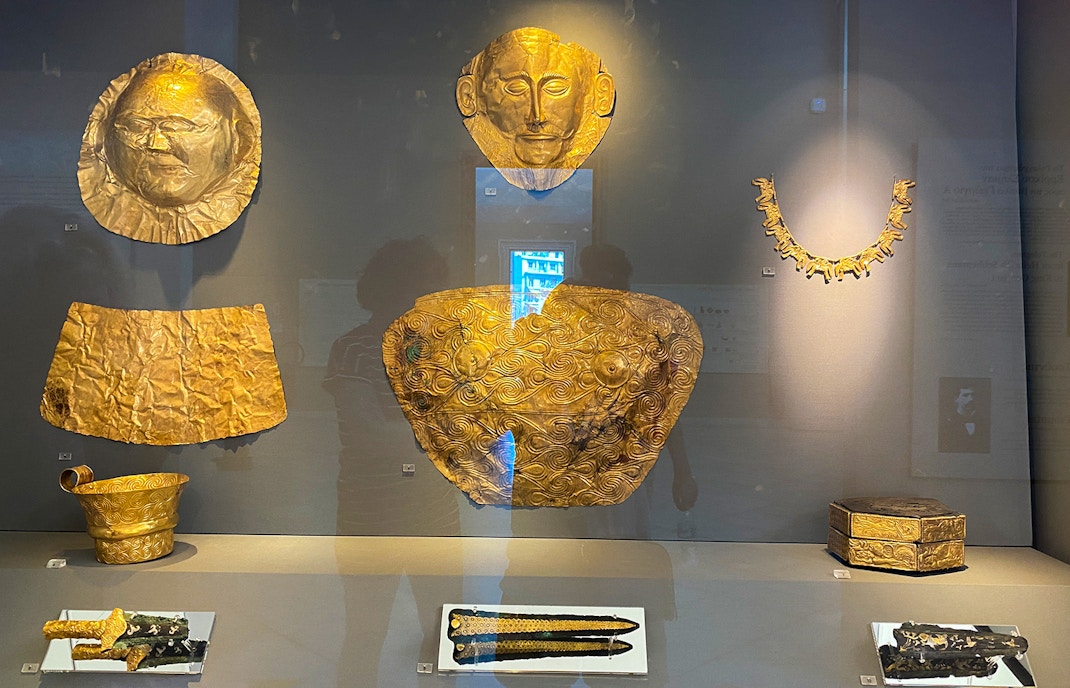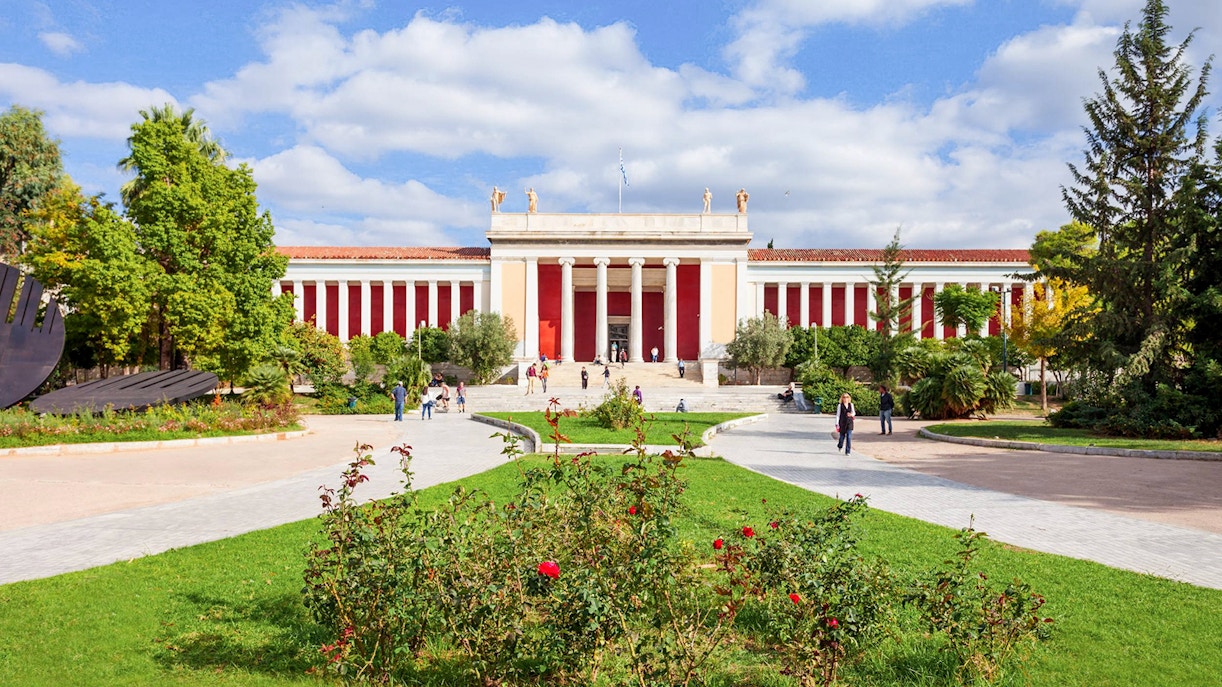Period: Late Bronze Age (around 1600 BC to 1100 BC)
Must-see highlights: Gold Death Mask of Agamemnon, grave treasures from the Mycenean nobility
- Although its name suggests otherwise, Agamemnon’s death mask did not belong to the Homeric hero. The Mycenean civilization likely had another prosperous king of the same name, who ruled the Aegean lands much before the Trojan War.
- The Linear B clay tablets were one of the earliest written records of the Greek language and offer a glimpse into the Mycenean administrative system.

